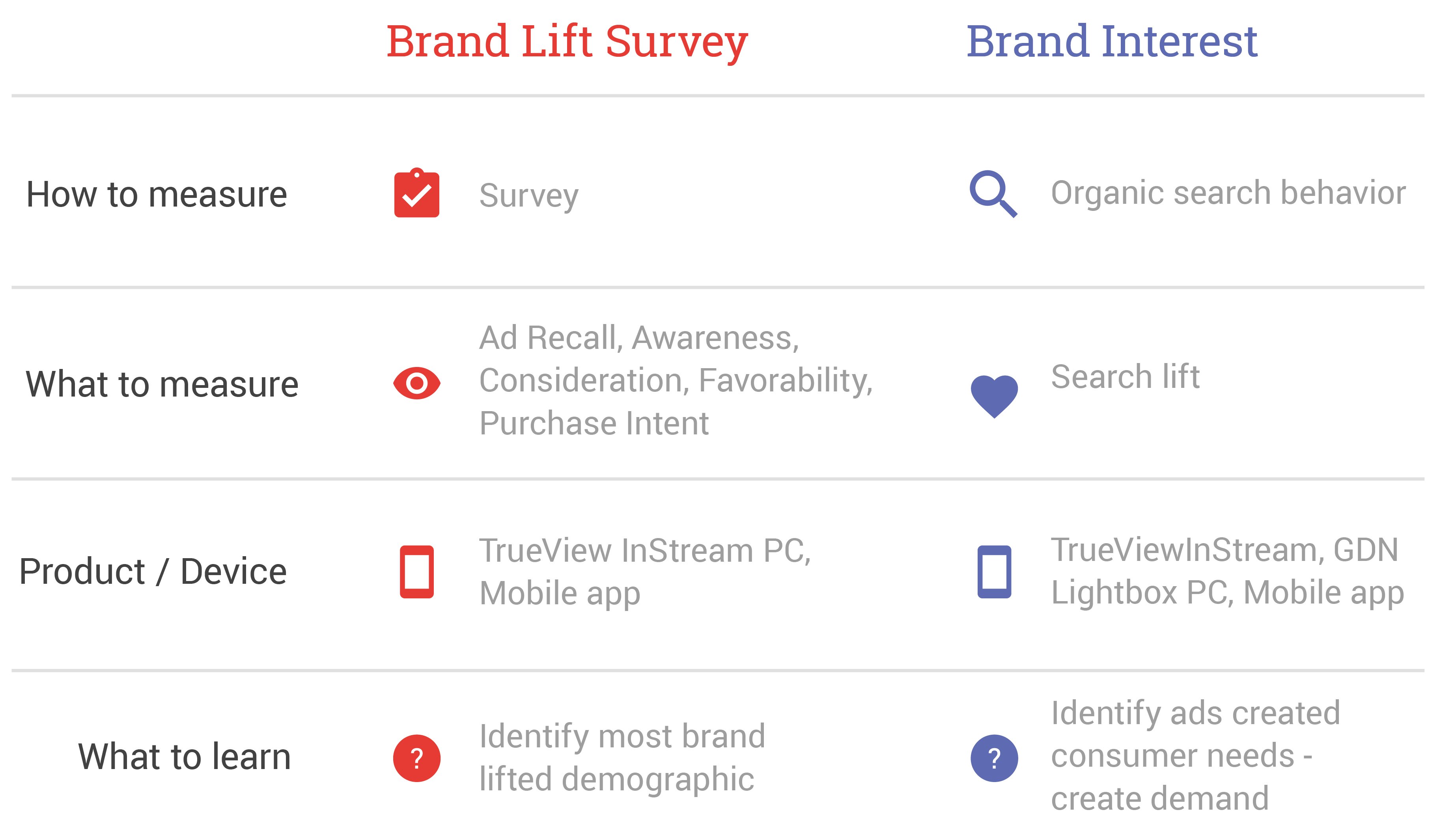With consumers regularly looking up information that interests them, what kind of content should brands develop in order to appeal to their intended audience? Using the "3H Content Strategy", marketers can now address consumers’ needs and wants by creating content that’s both relevant and authentic to the brand. This is the 7th installment from the Japan Google Marketing Team’s popular series of articles exploring the changing nature of marketing.
Staying relevant to the audience
In our last installment, we looked at how brands use behavioral targeting across media channels. Here, we will assess the importance of developing brand messages that are of value to the target audience and explore processes through which brands can continuously and consistently be supported by those messages.
Consumers today are gathering information regardless of time, place, or device and are increasingly keen to share what they find on blogs and social networks. They also often engage in lively debates or gain further insight into their content of choice through these media. This democratization of information means that individuals have the freedom to sift through information according to their preferences, and anything considered irrelevant can easily be rejected. Messages that fail to attract interest among the brand’s target audience will have no value.
In the past, with limited media channels available, it was possible for brands to attract attention and gain appeal with rich content repeated over time across a broad media mix. However, in the current environment of content and media-outlet diversification, brands need to be relevant in their advertising message, their brand identity, and their unique and authentic proposition.
This raises two questions: How does a brand become perceived as relevant by its audience in the first place? And, How can a brand continuously provide relevant, yet authentic, messages to its audience?
Gaining personal target insights
First, let’s consider a regular consumer packaging good: shampoo. Search interest in “shampoo” showed an increase over a two-year span,1 but there was almost no change in the number of searches for terms related to “conditioner” and “rinse” (another common term for conditioner in Japan). This finding alone would seem to indicate a great business opportunity for shampoos. But it was also important to determine what consumer feelings or thoughts motivated the searches in the first place. After examining keywords searched with shampoo (“shampoo” and “X”), we discovered an increasing number of related terms, such as “shampoo, lasting aroma” and “shampoo, scent, stay.”
These findings show that search behavior can be indicative of people's needs. It’s clear that the search terms revealed consumer needs that satisfied functional requirements, as well as personal desires, related to shampoo. To leverage these insights when developing online content, it’s important to understand consumers’ interests and personal desires and tailor the content accordingly. At the same time, brands must keep the content interesting and engaging enough to the audience to be considered relevant.
Tailoring content to the consumer: Hero, Hub, Help
One way optimal content can be created is through clear insights about the target audience; another is through Google’s 3H Content Strategy. This method entails the categorization of different types of content that are suitable to various audience groups. The 3Hs—Hero, Hub, and Help—constitute a three-pronged approach to analyzing YouTube viewing trends, categorizing various types of videos that viewers prefer, and ensuring that information is useful to companies and brands. This approach applies to all types of content. Below are successful cases of video content that fully leverage this approach.
Create related content with consumers

Hero: Tapping into people's hearts
It’s natural for people to relate to moving stories that resonate with them. By the same token, stories that tap into people’s common sensibilities will have a domino effect that leads to actions, including sharing the story with others. This is evidenced by the growing viewership of “heart-moving” video content on YouTube.
Unilever skin-care brand Dove is exemplary when it comes to the use of Hero videos. The global brand produced a variety of content around the concept of “creating signals that make all women notice their own beauty.” One notable message of the “Real Beauty Sketches” series, “You are more beautiful than you think,” has been translated into multiple languages and viewed more than 160 million times since being posted on YouTube in April 2013.
This video resonated with viewers so deeply that even two years later, viewers continue to post positive comments. It’s no wonder—the content touches on a theme that is widely relevant to women around the world, all while allowing the brand to express itself in a touching way.
Hub: Meeting the target’s interests
Belonging to the target profile of a brand or product doesn’t necessarily mean a consumer is always willing to buy the brand’s products. Hub content—videos with themes and values that the target audience can immediately relate to—aims to constantly and consistently bridge the brand and its various audience groups through interest-based content.
Nestlé Japan’s Hub videos are good examples of how a brand can constantly connect with various target groups. The intended target audience varies across Nestlé’s product portfolio, which includes coffee, chocolate, and snacks. By studying whom to connect with and understanding those audiences’ interests and needs, Nestlé developed various types of video content, from romantic dramas and diet recipes to games, to raise the interest of each distinct target group. To make sure the target audience watched every time a new video was uploaded, Nestlé ran ads targeted at the demographic and interest segments of that product's target profile and measured their effectiveness. To see some of Nestlé’s work, take a look at the various Hub videos at the Nestle Japan YouTube Channel.
Help: Answering to the specific needs of the target
Not only a video viewing platform, YouTube is also the world’s second-biggest search engine. Since search reflects specific needs, a search for a specific video means people are looking for content that provides answers to their needs—which is where Help content plays an important role.
Taking advantage of this unique attribute of YouTube, au KDDI’s mobile-phone-carrier arm is creating multiple "Help" videos that respond to consumers' specific needs. In the past, when au KDDI sold new devices, it would receive inquiries on how to operate and use them. After assessing the most frequently asked questions for its new product, au KDDI uploaded videos to YouTube and its website that provided detailed descriptions and answers to preempted questions. The videos were well received and garnered positive comments like, “The video is easy to understand and I got it, without having to call the customer service center.”
Au KDDI now has a “Video Guide” playlist on its YouTube channel consisting of well-crafted "how to" videos. The titles include keywords au KDDI expects people to search for, like “Controls & Settings.” By continuously producing and offering helpful content based on a solid understanding of people’s needs, au KDDI has both answered specific demands and created higher brand loyalty.
Measuring the effectiveness of 3H content
The 3H content strategy framework can help us gain deeper insights into people, create appropriate content according to those insights, and deliver more relevant content. However, we must keep in mind that it’s also important for marketers to measure whether consumers actually viewed the content, and how that exposure led to action.
With YouTube Analytics,2 any given video can be analyzed to understand view-through rates and number of channel subscribers, among other metrics. In addition, the Brand Lift Survey3 enables the measurement of differences in ad recall, brand awareness, and brand interest for a video ad by comparing those who were exposed to the ad and those who weren’t. This allows marketers to assess very specific behavioral shifts of the target audience, such as which demographic target showed the most brand awareness, or which keywords in the ad’s message were most searched for. By regularly tracking these metrics, it’s possible to determine quantitatively whether the content was effective among its target audience.
It’s also important to note that, for “Help” content, the number of views should not necessarily be a success metric.. Since a single view of Help content has value by addressing a specific need, each view should be supplemented by the triggering of a specific action, such as adding a Card (an optional feature to generate interaction) or message in the video that suggests other reference points. Brands should also include information about the viewer to its remarketing list so that they can follow up on the messaging.
Brand Lift

To build a lasting relationship with consumers in a world where information and content overflow, brands need to assess their current condition, develop a deep understanding of their intended target audience, and draw a clear road map for brand content that becomes a two-way dialogue.
Companies such as Unilever, Nestlé Japan, and KDDI have successfully expanded their businesses by applying knowledge and know-how gained from their own 3H content strategy and online assets. In order to build longer-lasting, deeper relationships with consumers, it’s essential for brands to start creating a meaningful dialogue with their target audience through relevant and authentic brand content.
This article was originally published on June 19, 2015 in Japanese.






